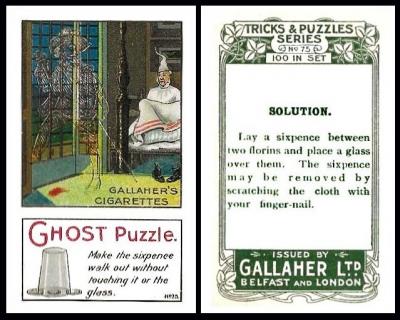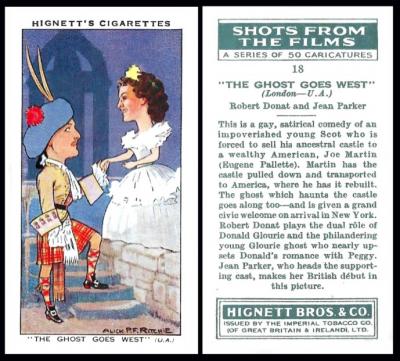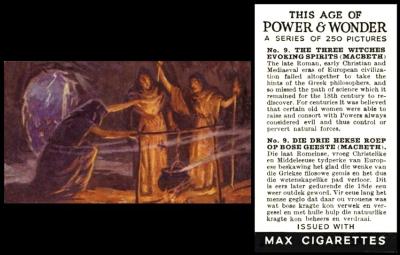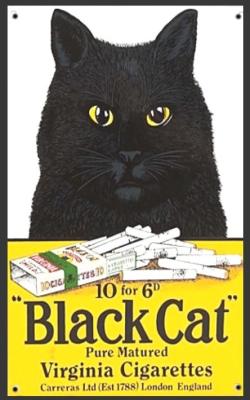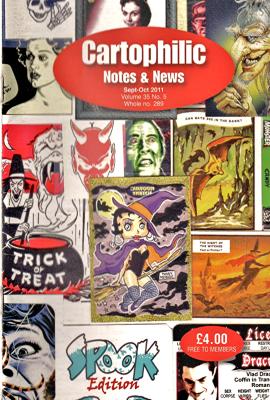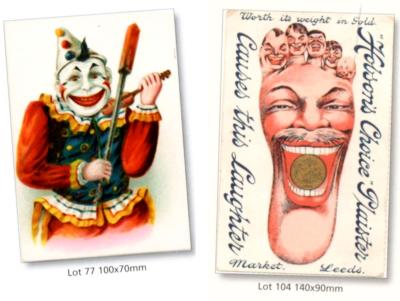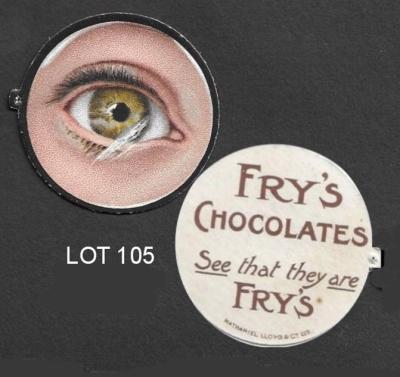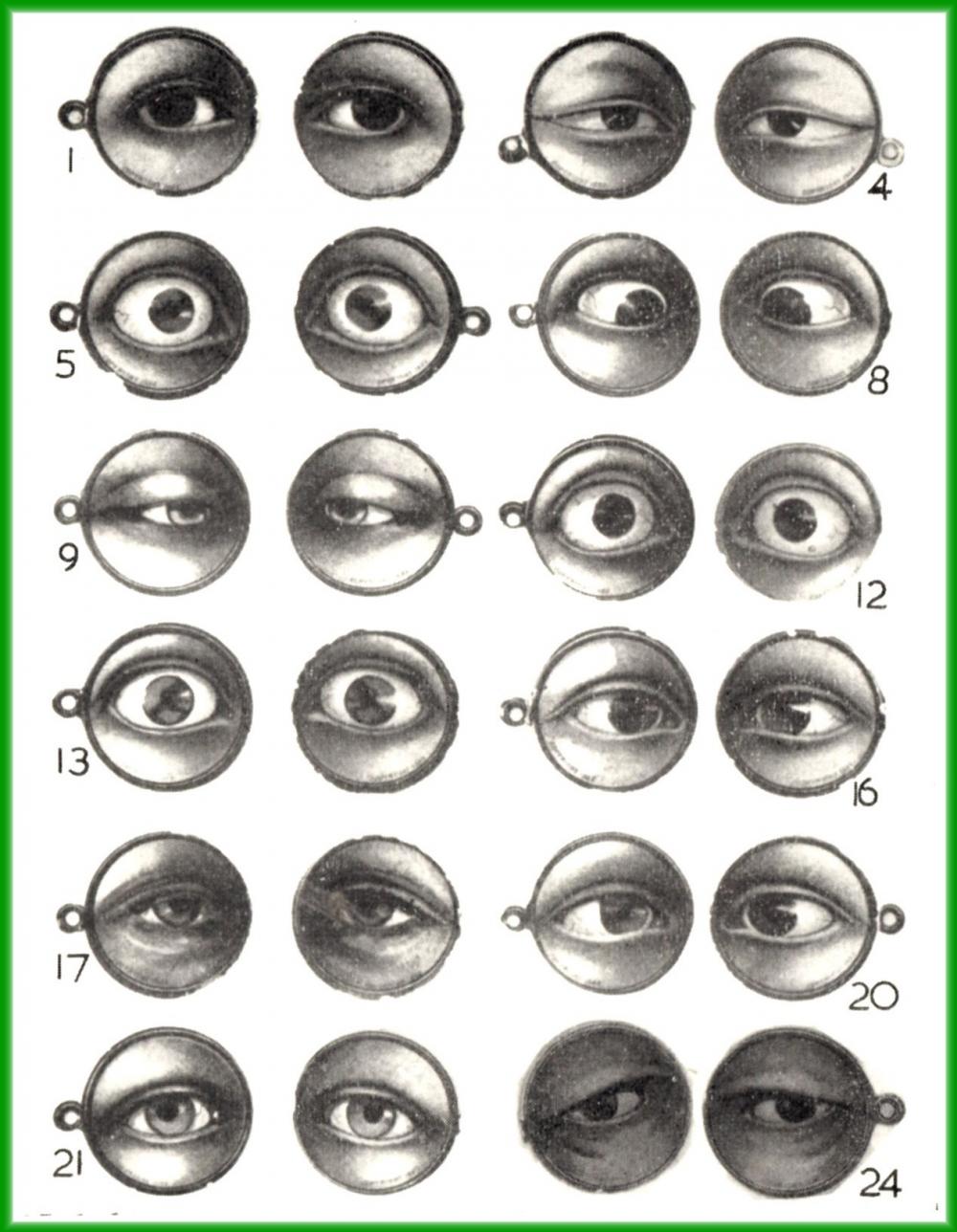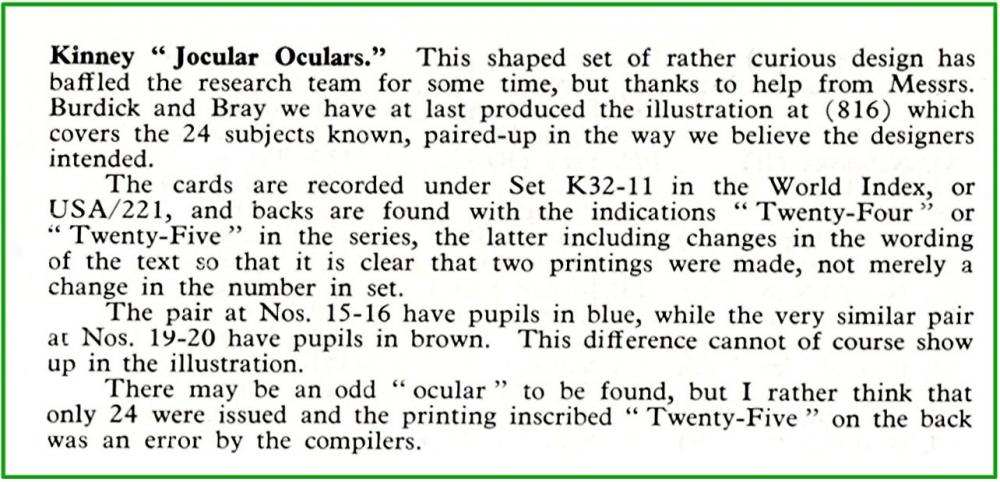So here is our third annual bewitching brew, a.k.a. a trip into the darkest recesses of our collections.
Just to set the scene, lets go back to the days of the ancient Celts, who celebrated a festival called Samhain. They believed that on this night that the barrier between the land of the spirits and the land of the living was at its thinnest, and that if the spectres poked it with their long bony fingers they could part the veil and come through. The festival was on November 1st, but the festivities would actually start on the day before, October 31st, and this remains our day to celebrate it today. However in those days there was more of an earth friendly reason behind it, celebrating a time when the harvest - and the summer - was over, and the long dark winter would slowly start to begin. This was easy to spot, with the change in the weather suddenly revealing of the spiders webs twinkling in the early morning dew and frost, the way that our fluffy and friendly trees turn into skeletons, their leaf-less branches scraping at the glass of our windows, and the moaning of the winds.
Also in these darkened evenings, from the dawn of civilisation, there was suddenly need for illumination. To early peoples, huddling in their caves, this was fire. Later on, in a dwelling, it would have been candles, then gas and electric light. These light sources created all kinds of new shadows against the wall from normally sensible objects, and must have suggested this age old game, which F. & J. Smith called "Shadowgraphs" in our pictured set from 1915. There are other sets on this theme too - W. Duke & Sons` American issued "Shadows", dating from 1889, and B. Morris, who brought a certain extra finesse to the idea in 1925 by suggesting with their set, also called "Shadowgraphs", that cardboard cut out "props" be used as well.
When nobody could think of a new shape to produce, but there was still a long night ahead with little else to do, those gathered would often tell stories with a slightly macabre twist. So here we have a ghost puzzle, courtesy of Gallaher Ltd`s "Tricks and Puzzles"
From early times the ghost was featured in literature. either as a spooky mist, or as a person who had form but no substance. Homer used them in "The Odyssey", and spoke of going to find them in the Underworld - and they also feature in the Bible - however the earliest mention of all is in a play called Mostellaria, which can be translated as "The Haunted House", and the author, the Roman Plautus, born in 254 BC, was honest enough to admit he based the idea on an even earlier play.
Now the first film ghost was created by Georges Melies, in 1896. The film was called "Le Manoir du Diable", which means `The House of the Devil` but that was thought unsuitable in the United Kingdom, as well as a few other places, so it was changed to The Haunted Castle. I have yet to find a card of George Melies, but we do have a card of Jules Verne`s Moon Shell which he freely admitted he had based his "Le Voyage dans la Lune" space travel short film on. So here is a much later ghost, as played by the dashing, and kilted, Robert Donat in a film called "The Ghost Goes West", and shown here on a card by Hignett Bros. from the set "Shots From the Films".
Even our current practise of trick and treating started here, because little bands of people would tour a town in costume, going door to door, and offering to sing a song to appease the dead in exchange for money or for food. When Irish emigrants reached America they brought this tradition with them, which is why the Hallowe`en traditions are so strong over there. However in Ireland they had carved their curious head-shaped Hallowe`en lanterns out of turnips, a crop which was not so readily available in America. We have no record of whom, but someone saw the bright orange of a pumpkin and thought that would be an ideal substitute. Now when the American troops were brought back to England during the Second World War, Hallowe`en started to reappear in villages around their bases, and pumpkins were soon grown by local farmers.
However as far as I have been able to discover, outside of its long defended strongholds in Scotland and Ireland it did not really take off in this country until the 1980s. So are there any readers who can remember when it started in their part of England?
Witches and Wizards :
Now this card shows us the three witches from the play "Macbeth", written by William Shakespeare in about 1602 - 07, who freely admitted that he based them on a book he read, written in 1587. However many think their true origin was far further back, and that they were the Three Fates of Greek mythology. Our set "This Age of Power and Wonder" was issued in South Africa by A. & M. Wix, hence the bi-lingual back, in Afrikaans and English. .
Cats and Creatures :
Now the cat connection comes from the Celts as well, for they believed that cats were the spirits of the cursed, or of wrongdoers, condemned never to settle, just to wander round the streets for ever all alone, or to be enslaved by the witches who cursed them, accompanying them on their adventures. We do not really know why black cats have this connection, but it is possibly that when we see them at night we can only see their eyes. This is very clear on our enamel sign, for Carreras Limited, makers of Black Cat Cigarettes, whose cards even bore the head of this feisty feline, modelled on a real black cat, a stray who liked to sleep in the window of Senor Carreras` tobacco shop in the nineteenth century, which became known as the shop with the black cat. There is a happy ending too, because he adopted the cat in real life too, not just on his packaging.
The Black Cat cigarette was introduced in 1904 as one of the first machine-made cigarettes manufactured in Britain. However the first item issued in the packets were not cards but stamps, which were to be artistically inserted in special albums given away by Carreras and the best would win a prize. The first true cartophilic item was not a card either though, it was a small booklet, called "The Black Cat Library of Short Stories". They appeared in 1909. The following year the booklets were replaced, but again not by cards - this time it was coupons, which you had to collect to exchange for prizes.
Other Oddities :
The first ever Hallowe`en cover of the Cartophilic Notes and News magazine was this one - which shockingly slid out of plain white envelopes some time in October 2011.....
Now I must give many thanks indeed to the editor of this issue, Mr. J. Devaney, who has most graciously allowed me to “cannibal-eyes” the work he did on our magazine before he breathed of new life into the former “Card Times”, creating a wonderful new world called “The Card Scene”. Enter that at https://thecardscene.weebly.com/
Now before you think that the fun was just on the cover, think again, as the whole interior was full of spooky delights. Even the postal auction report was inspired to close with a suitably spine tingling statement. . .
Here are two more "delights" from the postal auction that we have unearthed for you from that issue ...
a creepy clown and a frightening foot.....
At first I thought the foot had a hole in it where you inserted your finger and made it look like its tongue was sticking out, but it turns out to just be a golden sovereign. Phew ! This card was produced by Hobson Trimble & Co, and the "Market" was Market Street, Leeds. You can see a newer packet of the plaisters at the National Trust website/Hobson and some more early advertising at Old Shop Stuff/Hobson where it is revealed that they also made foot shampoo, in a dry form. Union House, Bridge Street, Leeds. The odd thing is that Plaister is a Scottish dialect form of plaster.
This Fry Eye appeared in another of our auctions a while ago - however this was not a new idea as in America, Kinney Bros had issued similar round eyes in 1889. These are known as "Jocular Oculars" - a very grandiose way of saying "humorous eyes", with rhyme. Kinney did two sets, one of twenty four cards and another of twenty five - and our World Tobacco Issues Index, under reference K524-180 tells us the twenty four printing has a brown border and the twenty five a blue border. You can see some of the twenty four ones online at moviecard.com/jocular and some of them also show something else, which you may not immediately notice - that is that these were not just circles cut out by a machine, for there is a small circle at the side which showed where the handle of the monocle or the arm of the glasses fitted, so these must have been cut by hand. Look how fragile this is, it is easy to realise why so few got ripped to the point of distraction. A warning to go gentle with your cards - always.
Now these cards were also published in The Cartophilic World magazine Volume 15, No.164, issued in March April 1963, accompanied by the text which we insert below
And finally, as we close our crypt, some other links in our chain.....
Bela Lugosi - in : https://csgb.co.uk/publications/newsletter/2021-10-15 (on Wed.20th October)
Edgar Allan Poe - at : https://csgb.co.uk/news/spot-poe-etry-2021-10-31


